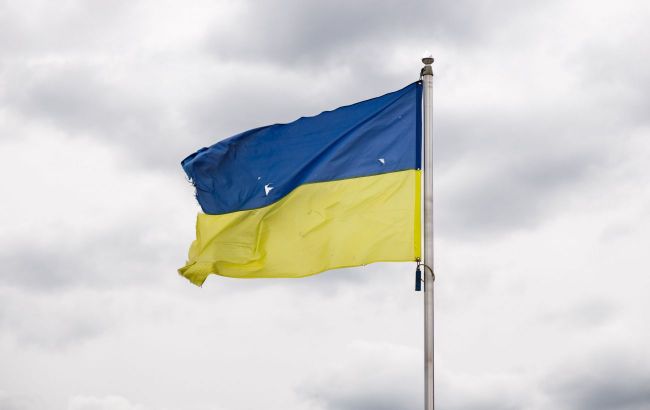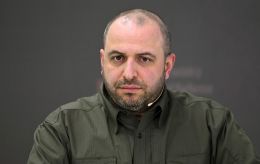Bloomberg outlines three scenarios for Ukraine after Trump-Putin talks
 Photo: Three scenarios have been identified for Ukraine (Vitalii Nosach/RBC-Ukraine)
Photo: Three scenarios have been identified for Ukraine (Vitalii Nosach/RBC-Ukraine)
After the conversation between US President Donald Trump and Russian leader Vladimir Putin, there are three possible scenarios for Ukraine: base case, best case, and worst case, Bloomberg reports.
Base case
The most likely scenario, according to Bloomberg Economics, is that the occupied territory will remain in limbo for the foreseeable future, under the actual control of Russia. There could be some exchanges, possibly including Russian territory in the Kursk region occupied by Kyiv.
Ukraine will receive some security guarantees. The negotiations will focus on how strong these guarantees will be. Since the cast-iron security of NATO membership is likely not yet on the table, any promises made today will ultimately depend on the commitment of future political leaders.
If Europeans manage to establish good communication with the White House, they will try to convince Trump to maintain US support for Kyiv long enough for EU countries to quickly build up their own capabilities.
Best case
The ideal scenario for Kyiv is that the US and Europeans, on a bilateral basis, commit to intervene if Russia backs out of the agreement. However, the risk of direct conflict with Russia makes even some of Ukraine's most ardent supporters wary.
Tough sanctions could lead to a 7% reduction in Russia's economy, compared to lifting the sanctions.

Kyiv's partners could commit to increasing military support for Ukraine and reintroduce or strengthen sanctions against Russia. They could also help Ukraine develop its own defense industry and rebuild its forces to become the primary deterrent against Russia.
If the EU can ensure all of this, it could open the way for Ukraine to join the bloc, potentially within the next decade, strengthening its eastern flank and demonstrating the bloc's renewed ability to influence neighboring countries.
Worst case
In the nightmare scenario for Kyiv, Trump may lose interest in Ukraine's future even before any resolution is reached, leading to a cessation of military and financial assistance and giving Europeans the opportunity to resolve the issue themselves.
Even if Trump's interaction with Putin leads to a peace agreement that holds in the early stages, it could only delay the next phase of what Putin called the war between NATO and Russia.
The agreement would preserve Ukraine's sovereignty and allow the country to begin reconstruction. But it could also cement significant gains for Putin, controlling parts of Ukrainian territory and potentially blocking Kyiv's accession to NATO.
The most likely targets would be the Baltic nations, which Putin sees as part of the Russian Empire he wants to restore.
According to Andres Kasekamp, a professor at the Munk School of Global Affairs at the University of Toronto, Putin wouldn't even need to start a full-scale attack to achieve his real goals. A hybrid operation to stir up local unrest could give the Kremlin a pretext for limited invasion, supposedly to protect Russian-speaking communities, a tactic Putin used in the east of Ukraine in 2014.
If Washington refused to join NATO forces to repel such an attack, Putin could succeed in creating a split between the US and its EU allies, a longstanding goal.
“If NATO doesn’t respond, then NATO is defunct,” Kasekamp said. “That could be the prize.”
On February 12, Trump stated that he had directly spoken with Putin. According to him, it was a "long and very productive phone conversation," and they agreed to visit each other's countries and begin immediate negotiations to end the war.
European leaders have already stated that they should not be excluded from the negotiations. However, they were unaware of the conversation between Trump and Putin and suspect "betrayal."

